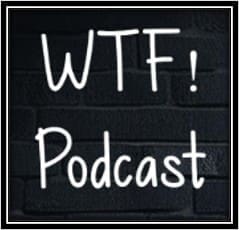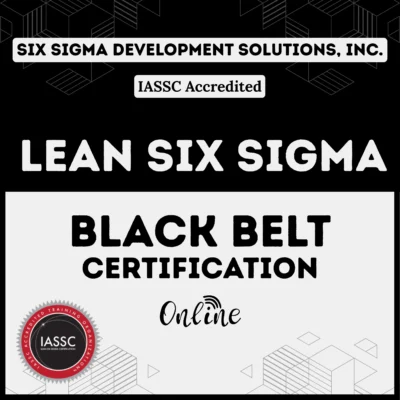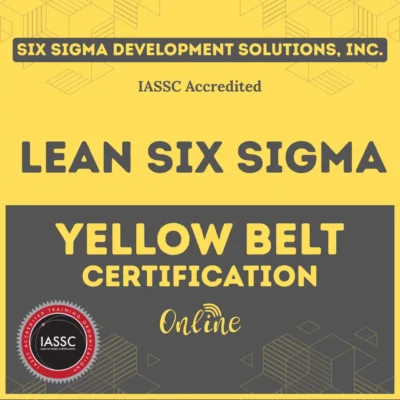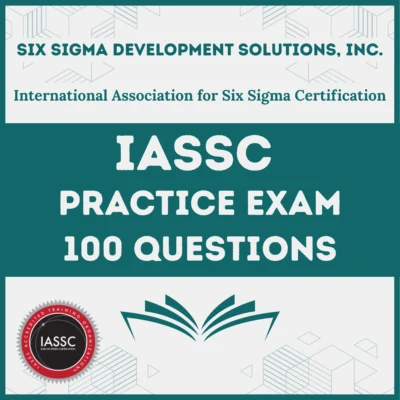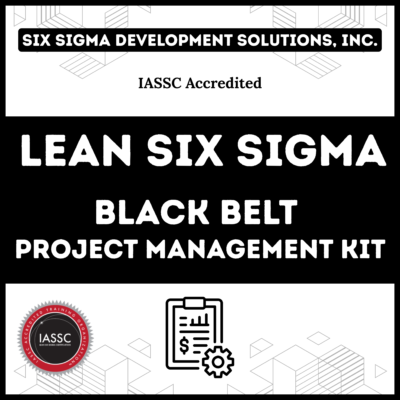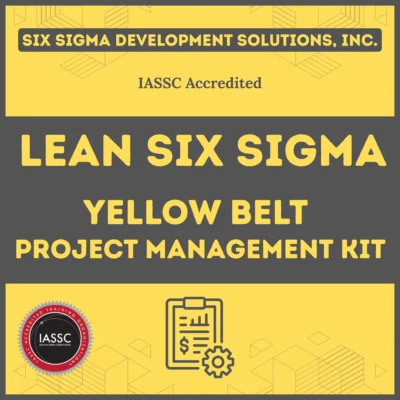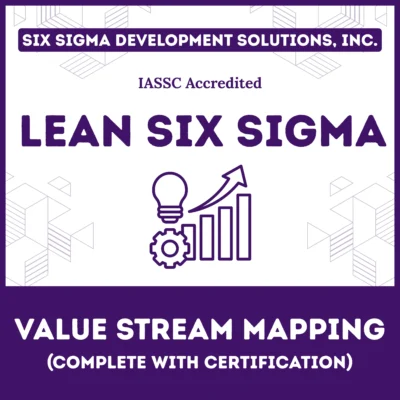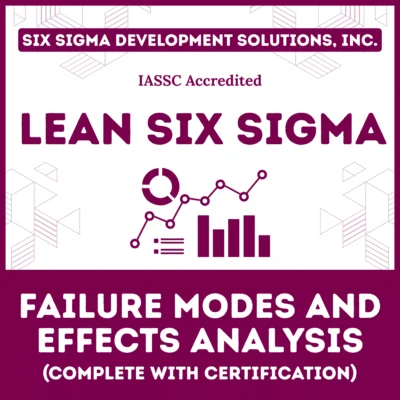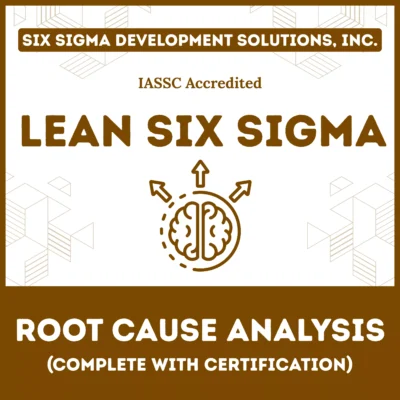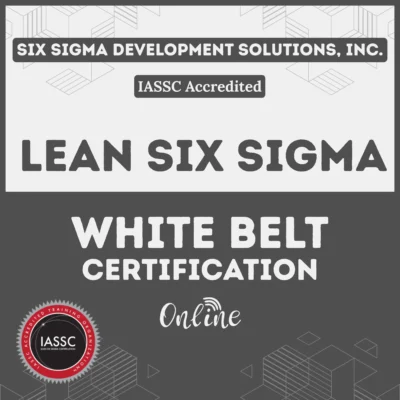Aligning Quality Function Deployment (QFD) with Six Sigma initiatives and your organization’s strategy ensures every improvement effort delivers customer value and supports long-term business objectives. This guide breaks down the process, best practices, and real-world insights so you can drive quality outcomes that support strategic priorities.
Table of contents
What is QFD and Why is it Critical in Six Sigma?
Quality Function Deployment (QFD) is a structured method for translating the Voice of the Customer (VoC) into measurable design and process requirements. By incorporating QFD into Six Sigma, especially during the Define and Measure phases of DMAIC, teams anchor projects in genuine needs while eliminating waste and aligning to organizational goals.
QFD unlocks these benefits:
- Synchronizes product and process development with strategic vision.
- Ensures customer-defined quality drives every step of improvement.
- Minimizes rework and shortens development cycles for greater ROI.
Understanding Your Organizational Strategy
Before aligning QFD, clarify your strategy and business goals:
- What is your core mission and market promise?
- Which customer needs are crucial for differentiation?
- Where do you seek efficiency, cost reduction, innovation, or market growth?
Strategic clarity ensures QFD links improvement actions directly to success outcomes.
Public, Onsite, Virtual, and Online Six Sigma Certification Training!
- We are accredited by the IASSC.
- Live Public Training at 52 Sites.
- Live Virtual Training.
- Onsite Training (at your organization).
- Interactive Online (self-paced) training,
Process of Aligning QFD With Strategy in Six Sigma
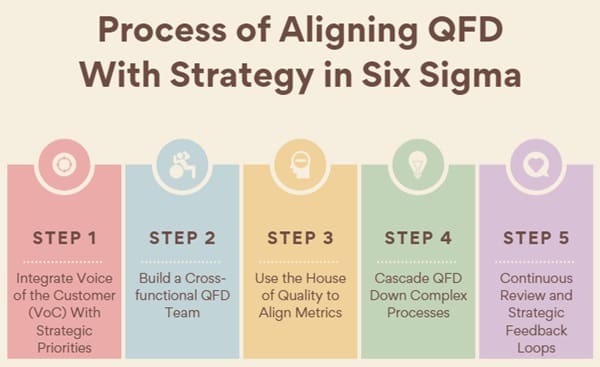
1. Integrate Voice of the Customer (VoC) With Strategic Priorities
Gather detailed customer insights through surveys, interviews, and market data. Map these findings directly onto strategic priorities—such as quality leadership, cost excellence, or product innovation.
2. Build a Cross-functional QFD Team
Form teams with members from:
- Marketing or customer experience
- Product/design engineering
- Operations/manufacturing
- Quality assurance
- Finance
This diversity supports holistic solutions and prevents siloed thinking, which can dilute impact on strategic goals.
3. Use the House of Quality to Align Metrics
The House of Quality—QFD’s core matrix—transforms customer needs into measurable design targets:
- List customer needs (the “whats”) on one axis.
- Identify technical/operational requirements (the “hows”) on the other.
- Prioritize based on both customer influence and organizational strategy.
- Identify competitive opportunities, critical issues, and resource allocations.
4. Cascade QFD Down Complex Processes
For large organizations:
- Decompose broad goals into actionable sub-projects using QFD matrices at every stage (design, engineering, manufacturing, service).
- Ensure each QFD output directly supports a key business objective and links back to overarching strategy.
5. Continuous Review and Strategic Feedback Loops
Strategic alignment isn’t a one-off. Regularly review performance metrics, customer feedback, and industry shifts to update QFD inputs and prioritize ongoing Six Sigma projects.
Also Read: Quality Function Deployment (QFD)
Best Practices for QFD-Six Sigma Alignment
- Tie QFD outcomes to key performance indicators (KPIs): For each customer need identified, assign KPIs that reflect strategic business value (e.g. Net Promoter Score, on-time delivery, cost savings).
- Balance customer wants with business viability: Use QFD to weigh what matters most to the customer against what’s feasible and profitable for the business.
- Promote collaboration: Break down silos by fostering transparent communication between teams, aligning day-to-day improvements to company-wide goals.
- Embed QFD into DMAIC steps: QFD’s customer-first logic should guide every phase of problem-solving in your Six Sigma projects.
Example
Imagine a medical device manufacturer aiming to lead the market in quality and reliability:
- VoC data reveals “ease of use” and “safety assurance” as top needs.
- QFD matrix links those needs to technical requirements: software simplicity, ergonomic design, robust failsafes.
- KPIs set: User errors per 1000 operations, time to safe off-switch.
- Project goals align: Every improvement—simpler manuals, streamlined assembly—drives customer satisfaction and cements market leadership.
Advantages of Aligning QFD and Strategy
- Differentiates your brand through customer-centric solutions.
- Achieves operational efficiency and cost-effectiveness by focusing on what matters most.
- Drives measurable improvements in customer loyalty and business outcomes.
- Reduces project waste and boosts innovation.
Common Pitfalls and How to Avoid Them
- Ignoring strategy while listening to customers: Bridge both, not just one.
- Siloed QFD projects: Always cross-link QFD outputs to overall company objectives and communicate outcomes widely.
- Lack of ongoing review: Update QFD as goals and customer expectations evolve across market cycles.
Also Read: CTQ Tree: Critical to Quality Explained (Six Sigma Tool)
FAQs on Aligning QFD with Six Sigma
What is the main purpose of aligning QFD in Six Sigma with strategy?
Aligning QFD and Six Sigma ensures that every project solves customer and business-critical problems, driving both satisfaction and organizational success.
Can QFD be used outside of manufacturing?
Yes! QFD applies to services, software, healthcare, and government to prioritize and deliver what matters most to those you serve.
How is QFD used in the Define phase of DMAIC?
QFD structures stakeholder requirements into clear, actionable project objectives—all linked to strategic goals.
How often should QFD be reviewed for strategic alignment?
At least every major strategy shift or market cycle—ideally, integrate review into regular business and Six Sigma project reviews.
What tools complement QFD in strategic alignment?
Supplement with Balanced Scorecard, SWOT analyses, and CTQ (Critical to Quality) trees to keep all activities focused on win-win outcomes.
Final Words
Aligning QFD within your Six Sigma framework is a foundational move for building sustainable competitive advantage. By rooting every improvement project in customer priorities and internal strategy, organizations create value that stands out in any market. Integrate QFD with regular review and cross-functional teams for agility, focus, and meaningful results. Quality excellence and strategic success truly go hand in hand.

About Six Sigma Development Solutions, Inc.
Six Sigma Development Solutions, Inc. offers onsite, public, and virtual Lean Six Sigma certification training. We are an Accredited Training Organization by the IASSC (International Association of Six Sigma Certification). We offer Lean Six Sigma Green Belt, Black Belt, and Yellow Belt, as well as LEAN certifications.
Book a Call and Let us know how we can help meet your training needs.



